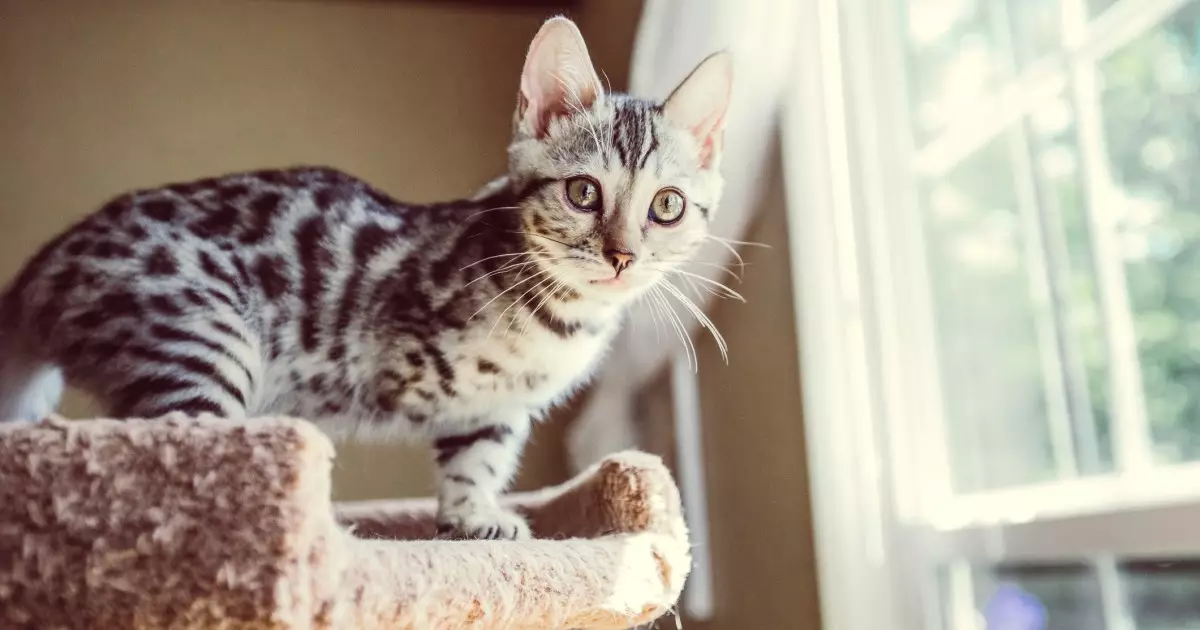Caring for a pet is a commitment that comes with its own set of challenges and joys. Among these beloved companions, three-legged cats—often affectionately called tripod cats—stand out for their remarkable spirit and adaptability. These extraordinary animals have overcome physical tribulations, whether due to accidents, health issues, or congenital disabilities, yet they continue to thrive through love and support from their caregivers.
One of the most heartwarming aspects of three-legged cats is their incredible resilience. These animals exhibit an inner strength that allows them to adapt to life with a missing limb. While it might seem daunting for them to overcome the physical limitations imposed by their condition, most tripod cats develop specialized skills to maintain their usual activities. Their agility is often surprising; they jump, climb, and run, demonstrating an amazing ability to compensate for what they have lost.
The reasons for losing a leg can vary widely and include traumatic injuries—such as car accidents or severe falls—as well as medical interventions necessitated by illness. Conditions like cancer or severe infections can lead to amputation, yet many cats adjust well to the surgery and flourish in their new circumstances. Some cats are even born without all their limbs, and these congenital disabilities cannot hinder their joie de vivre.
Understanding the specific needs of a tripod cat is crucial for their well-being. Adapting your home can make a world of difference in ensuring that they lead a fulfilling life. One of the primary considerations is to provide easy access to necessary areas around the house. This can be accomplished by incorporating ramps or strategically placed low steps that allow your cat to navigate their surroundings more safely and comfortably.
Another area of focus should be the litter box. Opt for litter boxes with low sides to facilitate entry and exit, and it is advisable to avoid covered models that can be tricky for three-legged cats to use. Furthermore, place soft bedding and comfortable resting spots throughout your home, as these will help alleviate any undue pressure on their remaining limbs.
Additionally, be mindful of your cat’s exploratory instincts. Initially, keep an eye on them as they traverse their environment to prevent any mishaps, especially from high surfaces like shelves or countertops. Supervision will ensure that they feel comfortable while avoiding potential injuries.
Keeping an eye on your tripod cat’s health is paramount. Regular veterinary check-ups play an essential role in monitoring their overall condition and ensuring that they adapt well to their unique situations. Your vet can also provide guidance on managing any specific health concerns that may arise due to their three-legged status.
Weight management is another significant aspect of caring for an adventurous three-legged cat. Ensuring they maintain a healthy weight through a balanced diet and consistent playtime is crucial, as excess weight can place additional strain on their remaining limbs. Engage them in gentle play that encourages mobility, which helps keep them active while avoiding undue exertion.
Caring for a three-legged cat can seem daunting, but the love and joy that these animals provide in return make every effort worthwhile. Their playful spirit and often affectionate nature can offer a unique and enriching companionship that many cat lovers cherish deeply. The journey of caring for a tripod cat is rewarding, filled with laughter and inspiration as they showcase their ability to thrive despite adversity.
Remember to celebrate their uniqueness and provide them with a loving environment that acknowledges their needs. By fostering an atmosphere of acceptance and understanding, you can help ensure them a life filled with joy and happiness, proving that three-legged cats can be just as lively and playful as any other cat. Embrace the opportunity to make a difference in their lives; they will undoubtedly return that love manifold.
